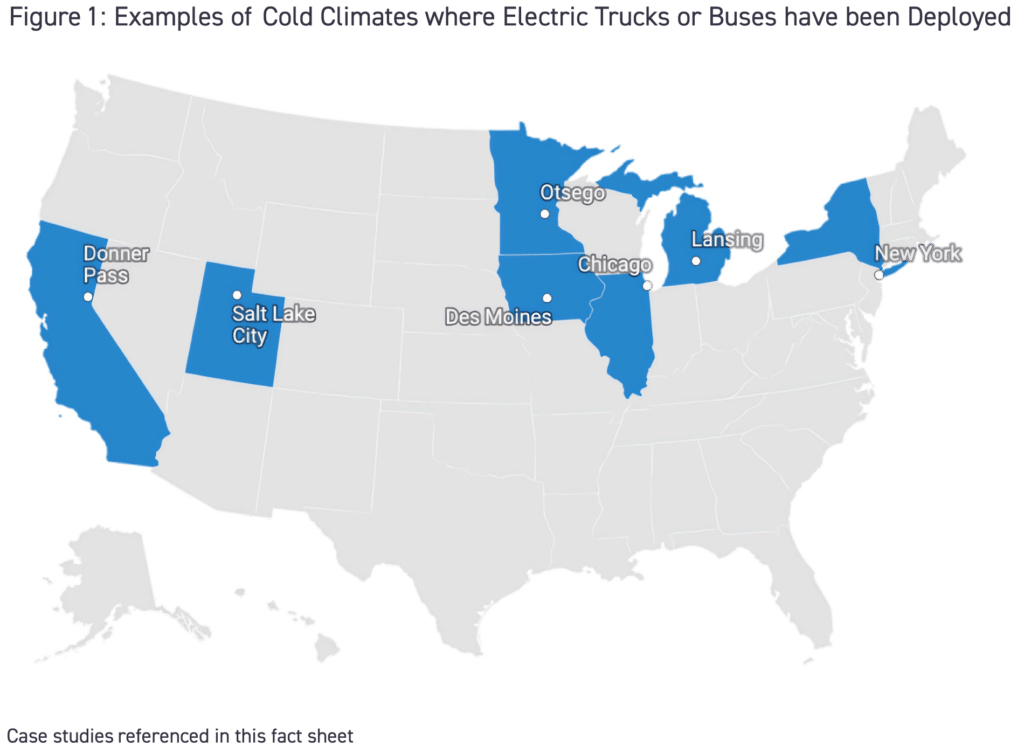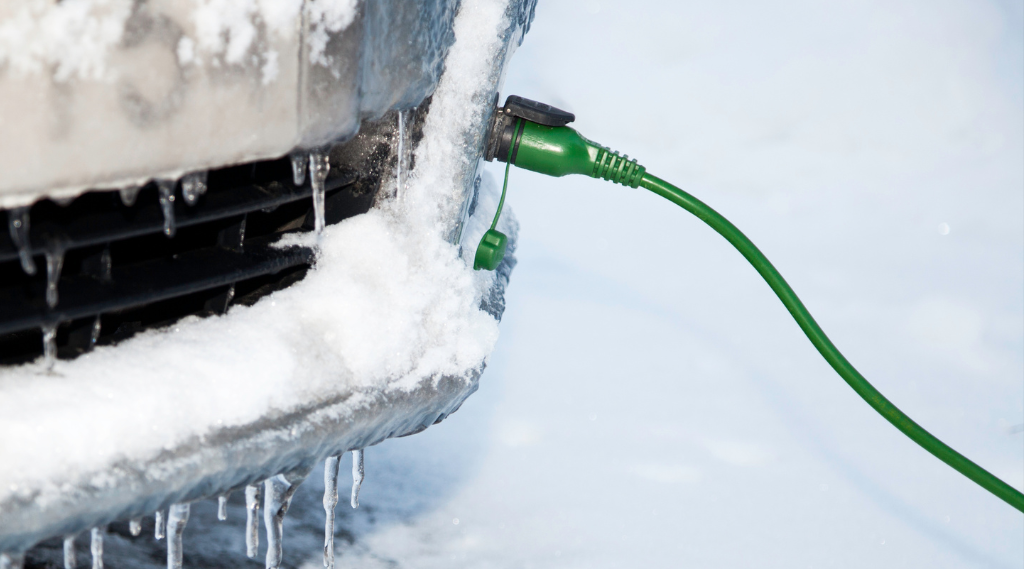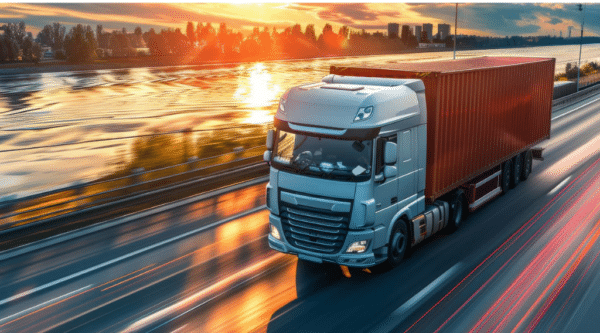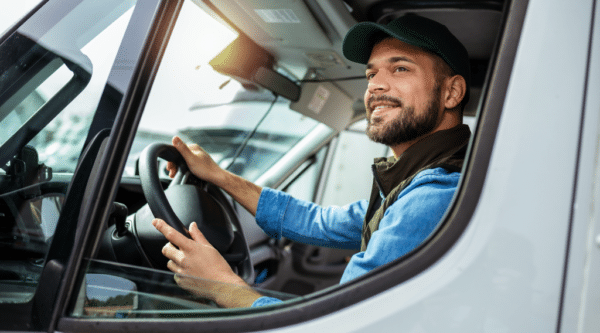Managing EV fleet cold weather operations comes with unique challenges, particularly the impact of freezing temperatures on battery performance. Studies indicate that cold weather can reduce an EV’s range by up to 30%, making it crucial for fleet managers to address these effects head-on.
However, through technological advancements, strategic planning, and effective operational practices, these challenges can be mitigated. As a result, electric fleets, from city buses to school transportation, are thriving even in northern climates.

In this blog, we’ll share 4 tips and strategies for maintaining the efficiency of your EV fleet during coldest months of the year:
1. Choose Equipment Suited for EV Fleet Cold Weather Performance
Selecting the right EV models is the first step to success in EV fleet cold weather operations. Look for vehicles with battery thermal management systems (BTMS) or battery preconditioning features, which help maintain optimal battery temperature. Keeping the fleet plugged in when not in use ensures the BTMS remains active, reducing charging times and preserving range.
Equipping vehicles with heat pumps can also enhance efficiency. For instance, the Chicago Transit Authority (CTA) discovered that buses with heat pumps had better range than those with standard heaters. Additionally, weather-resistant EV Supply Equipment (EVSE) and heated charging stations are essential for reliable operations in sub-zero temperatures. Electrada’s 360 Charging-as-a-Service (CaaS) provides EV fleets with tailored solutions, including infrastructure management and weather-resistant equipment, ensuring your fleet stays ready, even in harsh conditions.
2. Implement Smart Heating Practices to Maximize Battery Life
Heating can significantly drain an EV’s battery. The Salt Lake City School District (SLCSD) reported an 18% decrease in driving range due to cabin heating in electric buses. To mitigate this, preheat the cabin while the vehicle is still plugged in. On the road, consider using seat and steering wheel warmers, which consume less power than traditional heaters, to keep drivers and passengers comfortable.
3. Train Drivers on Energy-Efficient Driving Techniques
Efficient driving becomes even more critical in cold weather. Train your drivers to adopt smooth, steady driving habits, avoiding harsh acceleration, excessive braking, and aggressive driving. Encourage turning off non-essential accessories when the battery level is low to preserve energy.

4. Develop EV Fleet Cold Weather Charging Strategies with Your CaaS Provider
Cold temperatures can impact battery efficiency, which may lead to more frequent charging stops. Collaborate with your CaaS provider to recalibrate routes and optimize charging schedules. For example, Electrada’s 360 CaaS integrates fleet intelligence, telematics, and EV charger data, enabling smart route planning and avoiding unnecessary stops.
Planning for extended charging times during winter is also important. The CTA, for example, adjusts its winter bus schedules to accommodate longer charging durations. Meanwhile, the SLCSD found that daytime charging allowed its buses to handle longer trips, including excursions to mountainous areas. To ensure efficient charging, keep the battery level above 20% to maintain its ability to warm up sufficiently.
How Electrada Can Help
No matter the weather, Electrada’s 360 CaaS complete electric fuel solution empowers you to manage your EV fleet with confidence and ensures EV fleet cold weather reliability. With unmatched expertise in designing charging infrastructure tailored to your specific needs, Electrada ensures your fleet remains operational, even in the coldest climates. Plus, the fleet intelligence 360 CaaS offers helps optimize routes, charging schedules, and overall efficiency.
Contact us to learn more about how Electrada’s 360 CaaS can keep your fleet reliably energized, no matter what the temperature is outside.



